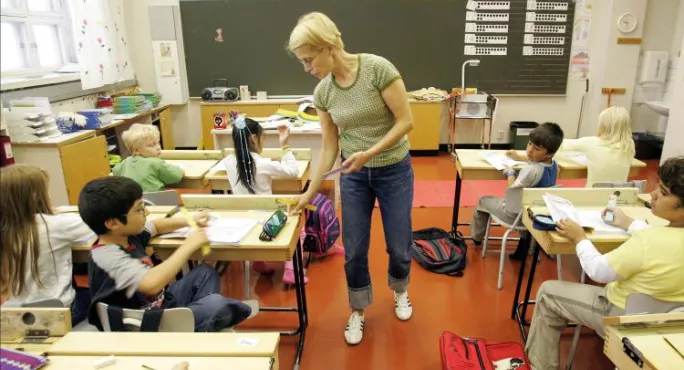Teachers are dealing with classes as big as 181 pupils, it has been revealed. Figures from the Department of Education (DfE), revealed to the Sunday Times under FOI, showed the biggest secondary school class, in Sutton, southwest London, had 181 pupils.
A further two classes, in Sefton, Merseyside and Suffolk, had more than 100 pupils - with 141 and 135, respectively, while there were also 10 classes of 70 or more pupils and 52 classes with 50-plus students.
The figures were collated by counting the number of children in each class on a specific day in January, and also revealed 14 primary schools with more than 40 pupils in a class. According to the report by the Sunday Times, the largest primary school class was in Somerset, which had 60 pupils.
Funding ‘nowhere near enough’
Growing class sizes are one indicator of how cuts to budgets are translating into front line teaching, it is believed. In September, Tes reported eighty-eight per cent of schools were still facing funding cuts, despite the government pumping an extra £1.3 billion into the system.
In July, education secretary Justine Greening unveiled an extra £1.3 billion for schools over the next two years from money freed up elsewhere in the Department for Education’s budget. However, a coalition of six unions said that figure is “nowhere near enough”.
Commenting on the new figures on class sizes, shadow education secretary Angela Rayner, said “everyone from the public accounts committee to the teaching unions has warned that Tory cuts will lead to large class sizes, and this admission is yet more evidence that they are right”.
Ratio remains below national average
Headteacher of Harrop Fold School in Salford Drew Povey reportedly said he had once taught 150 children in a class. “I honestly think we are going to see class sizes balloon in schools over the next few years because of the funding cuts.”
A spokesman for the DfE said: “We have spoken to the three schools with the largest class sizes. These figures relate to PE lessons and choir practice where it is not uncommon for classes to be taught together. The schools’ pupil-to-teacher ratios remain well below the national average. We also expect this is the case for many of the other schools reporting larger classes in this data.
“We have invested £5.8bn in the school estate, creating 735,000 places since 2010, and despite rising pupil numbers, the average class size has not changed. In fact, less than 1 per cent of primary school pupils are taught in classes of 36 or more, less than in 2010.”
Want to keep up with the latest education news and opinion? Follow Tes on Twitter and like Tes on Facebook




